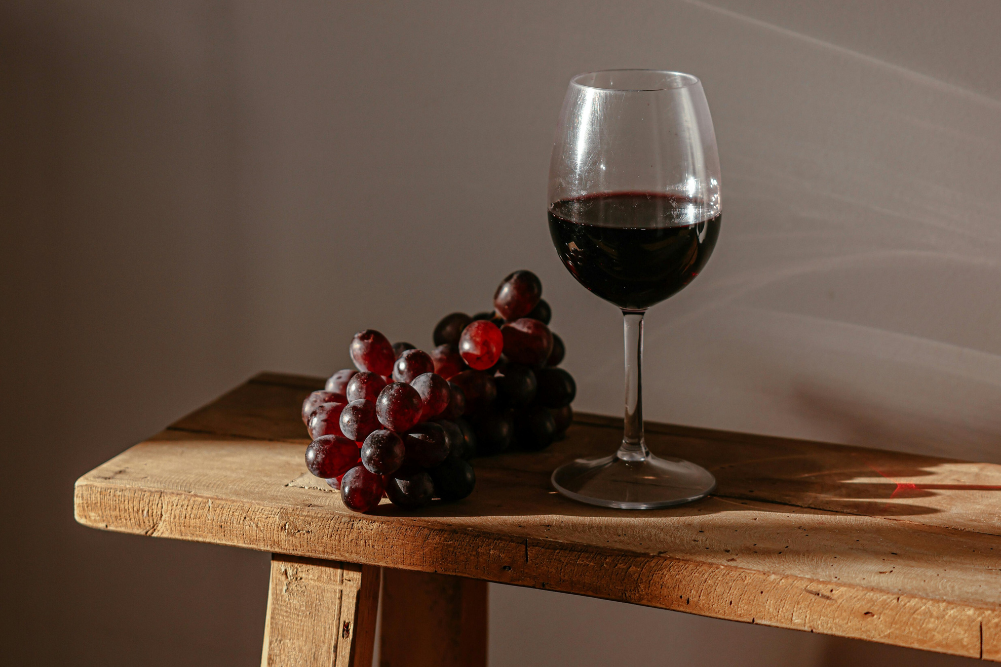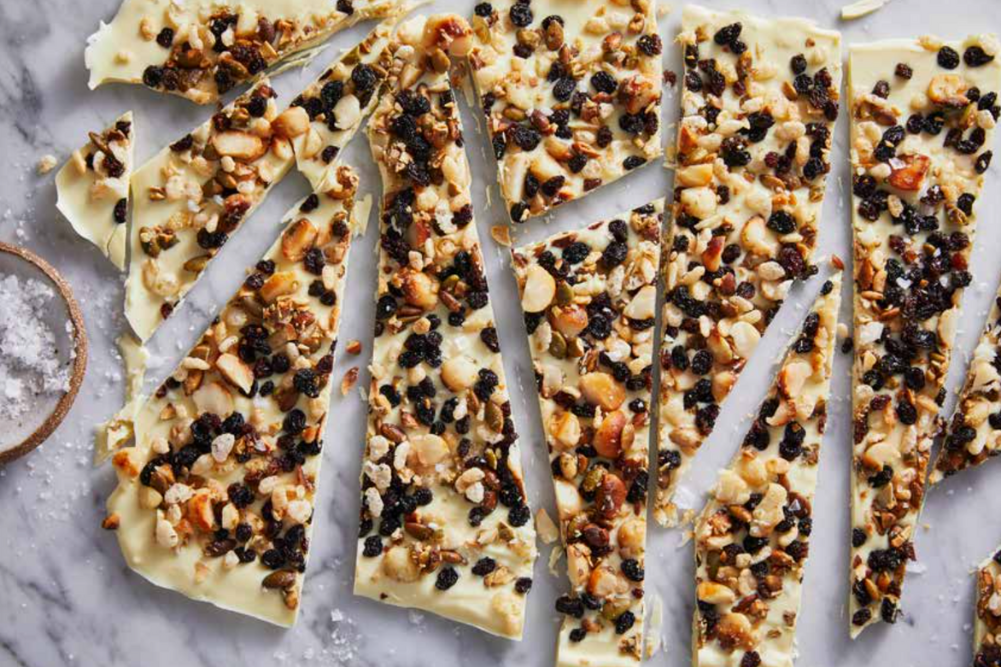Your guide to eco-friendly furnishings
From eco-savvy designs using renewable resources such as bamboo through to scavenging for decrepit chairs or bike parts, healthier furniture can spring from the most unlikely beginnings.
Have you ever wondered if there’s a graveyard for rusty bicycles? Try looking in Andy Gregg’s backyard. Growing up in the mountain-biking hot spot of Marquette, Michigan, meant a fetish for bikes was completely normal. From the age of 10, Andy began tinkering, repairing and reshaping bikes, when he wasn’t riding them. After studying fine arts with a focus on photography, he was hired by the Resource Centre (one of the largest non-profit organisations in Chicago) to start the Blackstone Bicycle Works. Andy identified with the mission of rescuing bikes out of the waste stream and teaching inner-city youth how to repair them.
His eight-year stint there honed his interest in design, particularly with a recycling and material waste emphasis. Soon after, he moved back home and began merging his mechanical experience with his creative strengths to make bike furniture. With the discarded parts he scrounges the streets for, his one-man workshop converts junked rims, tubes, handlebars, forks and frames into funky chairs, tables, barstools, coat racks and mirrors. “I am reluctant to discard what I perceive as a potential resource,” says Andy.
Clean Up Australia estimates that every tonne of recycled steel saves 1131kg of iron ore, 633kg of coal and 54kg of limestone. Apart from the obvious reduction in greenhouse gases, by recycling bicycles for furniture there is less need to dig for virgin materials, so soil integrity and wildlife habitats are preserved.
Dumped with equal aplomb but stemming from nature, driftwood can be handcrafted into environmentally safe furniture. Washed up on shore, driftwood is a result of trees, buildings, logging remains, lost cargo and shipwreck detritus being windswept into the ocean. Although considered marine debris, it provides shelter for birds and plants and when decomposed returns nutrients to the food chain.
A popular material for environmental artists, driftwood is abundant, renewable and as found by beachcombing, thus completely free. No two pieces are identical, so every design is characteristically unique. It doesn’t require complex tools to assemble or a protective coating and is naturally waterproof and insect-free.
Simple instructions for your own driftwood projects can be found in Derek Douglas’s book titled Driftwood Furniture. Before crafting, driftwood needs to be cleaned of silt, sand and salt with soapy water and a wire brush. Some pieces may require sanding and to avoid cracking, splitting and mildew it is essential that only dried wood be used for construction. Derek displays his love of nature (particularly a storm and its consequences) through his garden benches, conversation chairs and wine racks. He claims working with driftwood teaches patience and tolerance and the value of uniqueness and deformity.
Also with the environment in mind, Russel Koskela and Sasha Titchkosky conceived their design company Koskela in 2000. Disillusioned with big city jobs, the duo creates furniture, lamps and objects with ecological accountability. Believing the influence of designers to slow down environmental pillaging is more powerful than political or economic attempts, Koskela constantly evaluates energy production and materials.
After returning to university to complete a masters degree in product design, Kent Gration became more and more interested in environmentally aware pieces and materials. He spent the next 18 months playing around with bamboo before launching his range of Wambamboo designs. Bamboo’s fast-growing property and its minimal water usage in production mean it’s classed as a renewable resource. It can regenerate its mass within six months of being cut down and its intact roots prevent soil erosion.
Current perception is that bamboo is a second-rate material. “I think that with anything that seems to be a silver bullet in terms of the environmental movement, people become a bit wary purely because there have been a lot of products or materials labelled as being green but on analysis haven’t actually been very green. It’s the same with bamboo; it had such a glowing recommendation from a lot of designers and the general industry that I think people became a bit wary of ‘green washing’,” Kent explains.
Despite his ease of sourcing bamboo (there are a couple of bamboo plantations local to his Queensland base as well as overseas suppliers who also import carpentry products), Kent is conscious not to flood the market with his furniture. “I’ve tried to rationalise. I have quite a lot of designs down on paper but I don’t really want to produce a lot of them because I’ll essentially just be adding to the problem of overproduction,” he says. He fashions a limited collection of lightshades, stools, benches, tables and seats using a design program that minimises wastage.
Unwilling to end up with any leftovers, his Krypton lampshades are a great example of a design that arose from off-cuts. “I appreciate the growth cycle of the plant and the care that’s taken in the harvesting. I find it interesting to try to come up with different shapes where these pieces can interact. The material dictates the design instead of me manipulating the material, because it won’t actually conform to that shape,” he adds.
After lengthy experimentation, Kent determined an energy-efficient production method with a water-based finish. Working with bamboo can present challenges and requires sensitivity to its changing properties. It is highly porous and can contract and expand depending on humidity and temperature.
Kent has encountered slight opposition with his choice of a water-based finish over the customary lacquer, due more than anything to a lack of understanding. He explains, “I’ve had to source a product from Italy from a company that does Automotive finishes for companies like Mercedes-Benz, so it’s at the cutting-edge of water-based technology. The problem has being trying to convince the old hats in the spraying industry because they don’t like the fact that it’s not as predictable as finishes that are more toxic. Technology is getting better; it just comes down to skill and the knowledge of how to apply it.”
Kent’s bamboo furniture contributes to a healthy home by virtue of its organic composition and ability to reduce sick building syndrome. Bamboo doesn’t off-gas volatile organic compounds (vocs) such as benzene and formaldehyde. Wambamboo products biodegrade naturally as every component, including the glue, is recyclable. Kent has exhibited in Milan, London and all over Australia, winning the Best Sustainable Design Premier Award at Melbourne Fringe Furniture 2007.
Sustainable furniture is also close to the heart of Maaike Puller, who was nudged into action when her father presented her with an impressive dining table he’d made from salvaged timber, but she was minus the chairs. “I had some very glossy 1980s dining chairs that begged to match, so I roughed them up, got inspired by a trip to Mexico and stencilled beer labels, coca-cola labels and soda labels onto the seat pads,” she says.
Launching a design business was a question of pure genetics. Her mother is a ceramicist and her furniture-designing father is also an architect. As general manager at recycling and reuse centre, The Bower in Marrickville, Maaike has every opportunity to source the ultimate objects to wave her magic wand over. “Pieces are now actually coming to me — people bring me a favourite piece of their grandmother’s for reworking or somebody sees something in the street and actually calls it in,” she explains.
Her penchant for resurrecting chairs has resulted in many masterpieces, all of which she names due to a close attachment. “The first chair that I did is a green stripy chair that everybody loves, but it’s the only one I’ll never sell because it’s my grandmother incarnate. She had a green velour lounge suite in 1970s style and a lot of silk flowers in her lounge room — and somehow all these pieces came together,” she says.
Every constituent is pulled apart and preserved for resurrection. Maaike uses existing foam pads and zippers and combines them with recycled fabrics, as well as rejuvenating the wooden components for reassembly. “My patchwork arose from the same philosophy as regular patchwork. I have a tiny piece that is amazing and rather than throw it out I’ll combine it with 17 other fabrics so it can remain useful and not end up in landfill,” she adds.
Although not deliberately starting out to fulfil sustainable criteria, Maaike admits the process evolved through common goals. “I didn’t start it as a sustainable practice; I started it because it’s the way I love to work and I love the challenge of what it brings, working with what I can find on a second-hand basis.” She categorises sustainability as minimising purchases and consumption and believes by using what is already out in the universe we can increase the lifespan of what we already have.
It is the personality of a rejected item that begs her tender care; a shape or proportion out of the ordinary that catches Maaike’s eye. “I know what is possible with furniture and I get a bit of a kick out of knowing I can give it a new life. Often, the more dejected and well-worn it is the more I’ll fall in love with it,” she explains.
Reviving old to make new surely contributes to a healthy home and places huge significance on the antique market and the question of longevity. Objects that are pre-loved and have stood the test of time become favourites through sheer durability. For Maaike, the emotional bond is the biggest part of the equation, “I think when you get attached to pieces the way I do, things become so personal that you are less likely to throw them out.”
Take a look around the furniture in your home with a fresh approach. That old tattered sofa you are desperate to turf roadside on council collection day could be surprisingly valuable in the hands of someone like Maaike. When you are compelled to change your furniture, consider trading your unwanted items for pieces that are kinder to the planet.
Resources
www.bikefurniture.com
www.cleanup.org.au
www.koskela.com.au
www.maaike.com.au
www.wambamboo.com.au







